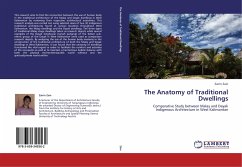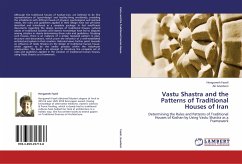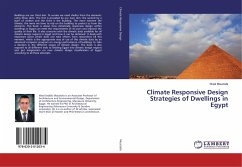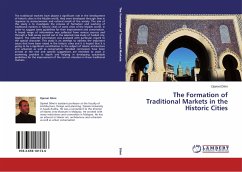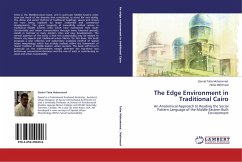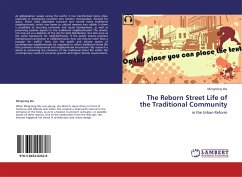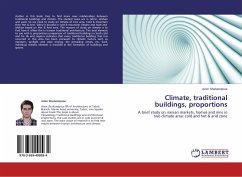This research aims to find the connection between the use of human body in the traditional architecture of the Malay and Dayak dwellings in West Kalimantan by reviewing their respective architectural anatomies. This research analysis was carried out using selected cases of two (2) indigenous traditional architectures found at various locations throughout West Kalimantan: the Malay dwellings and the Dayak dwellings. The three types of traditional Malay stage dwellings taken as research objects while several examples of the Dayak longhouse (rumah panjang) of the Taman sub-ethnic group of the Dayak in West Kalimantan were used as comparison research objects. By analyzing the use of the human body anatomy in the construction of the traditional architecture of both the Malay and Dayak dwellings in West Kalimantan, it was found that the anatomy of dwellings functioned like vital organs in order to facilitate the comfort and activities of the occupants as well as to maintain a harmonious holistic balance with both the physical environment/public world without and the spiritual/private world within.

